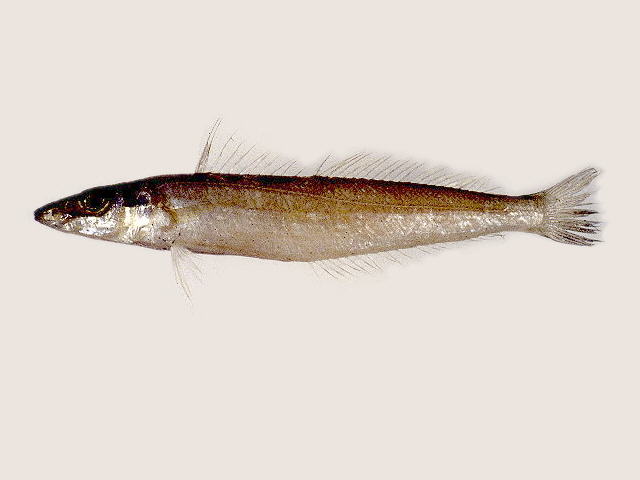| Sillaginidae (Smelt-whitings) |
| 30 cm TL (male/unsexed) |
|
demersal; marine; depth range 0 - 30 m, non-migratory |
| Northwest Pacific: Japan, Korea, China, and Taiwan. Possibly to the Philippines. Commonly misidentified as Sillago sihama. |
|
Dorsal spines (total): 12-12; Dorsal soft rays (total): 21-23; Anal spines: 2-2; Anal soft rays: 22-24; Vertebrae: 35-35. Swim bladder with anterior projecting extensions and a single posterior extension. Body is greenish gray above, the dorsal part of the head being the darker, and whitish below. The fins are mostly hyaline; the membrane between the first to the third dorsal fin spines with minute dark brown dots; the margins of the dorsal fin with a few dark brown spots. The caudal fin with dark margins. |
| Occur in bays on shallow sandy flats. Maximum size is over 30 cm (Mark Donachy, pers. comm., 2001). Oviparous (Ref. 205). Greatly esteemed for its delicate flavor (Ref. 6205). |
|
Least Concern (LC); Date assessed: 04 February 2009 Ref. (130435)
|
| harmless |
Source and more info: www.fishbase.org. For personal, classroom, and other internal use only. Not for publication.

